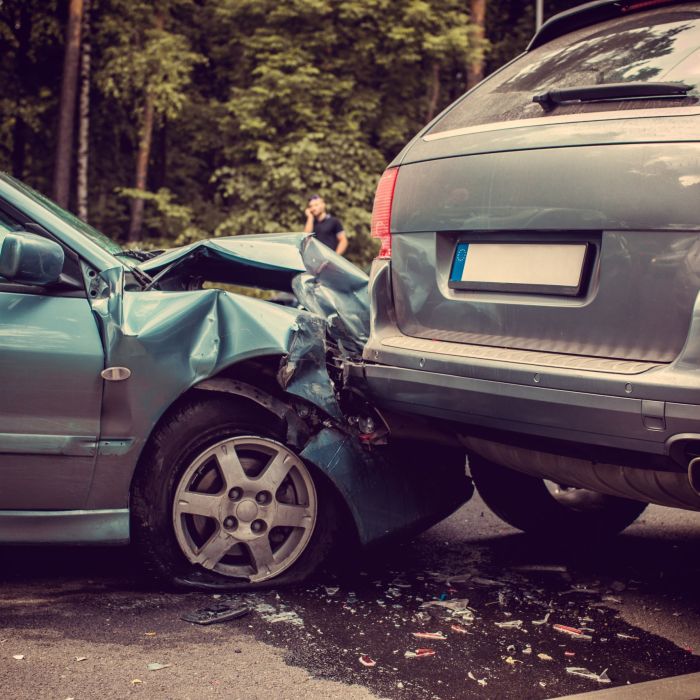Driving at night can be particularly dangerous, yet studies show that around 50% of traffic fatalities occur after dark, even though we only spend about a quarter of our time driving at night. Whether you are familiar with the road or not, nighttime driving poses increased risks. However, with a few simple precautions, you can reduce the likelihood of accidents and stay safer on the road after the sun sets.
Why is Driving at Night More Dangerous?
Several factors make driving in the dark riskier than during the day:
- Reduced Night Vision: As we age, our night vision deteriorates. This is especially true for drivers over the age of 60.
- Fatigue: Studies show that 1 in 25 adult drivers have admitted to falling asleep at the wheel in the past month. Many more confess to driving while tired, increasing the risk of accidents.
- Congested Roads: Between 4 p.m. and 7 p.m., roads become more crowded as commuters rush home, creating a higher chance of accidents.
- Impaired Drivers: Alcohol and drugs impair drivers more frequently at night, making them a dangerous presence on the roads.
Defensive Driving: A Key to Nighttime Safety
Defensive driving involves anticipating potential hazards and taking proactive steps to reduce risk. Here are some defensive driving tips for nighttime driving:
- Keep Your Windshield Clean: Dirt, grime, and cracks on your windshield can cause light to reflect and glare, reducing visibility. Clean your windshield regularly and repair any chips or cracks before hitting the road.
- Stay Well-Rested: Fatigue is a major concern for nighttime drivers, as our brains naturally produce more melatonin in the dark, which can make us feel sleepy. If you’re feeling drowsy or notice your eyes drooping, find a safe place to stop and rest.
- Check Your Headlights: Ensure that both headlights are functioning properly before driving. Having just one working headlight can not only decrease visibility but also result in a traffic ticket.
- Avoid Tailgating: Maintain a safe distance from other vehicles. Following too closely reduces your ability to react in time if the car ahead suddenly stops. It also makes your headlights appear brighter and more distracting to the other driver.
- Watch for Pedestrians and Animals: Low light conditions make it difficult to spot pedestrians or animals, especially on poorly lit roads. Always be extra cautious in areas where pedestrians or wildlife are likely to be present.
- Limit Distractions: Never let distractions such as texting, eating, or fiddling with the radio take your attention off the road. Your focus should always be on the road, particularly at night when visibility is already compromised.
- Ensure Good Vision: Regular eye exams are essential, especially for night driving. If you wear glasses, consider getting anti-reflective lenses to reduce glare and improve your night vision.
- Slow Down for Large Animals: Deer and other large animals often wander onto roads at night. Colliding with one can cause significant damage to your car and be dangerous for everyone involved. Always reduce speed and remain vigilant in areas where animals are common.
The Importance of Car Insurance
The best way to protect yourself and your vehicle while driving at night is by having comprehensive auto insurance coverage. This ensures you’re prepared for any unexpected situations that may arise while navigating the roads after dark.
By staying alert, preparing your vehicle, and practicing defensive driving, you can greatly reduce your chances of an accident and navigate nighttime driving with greater confidence and safety.






